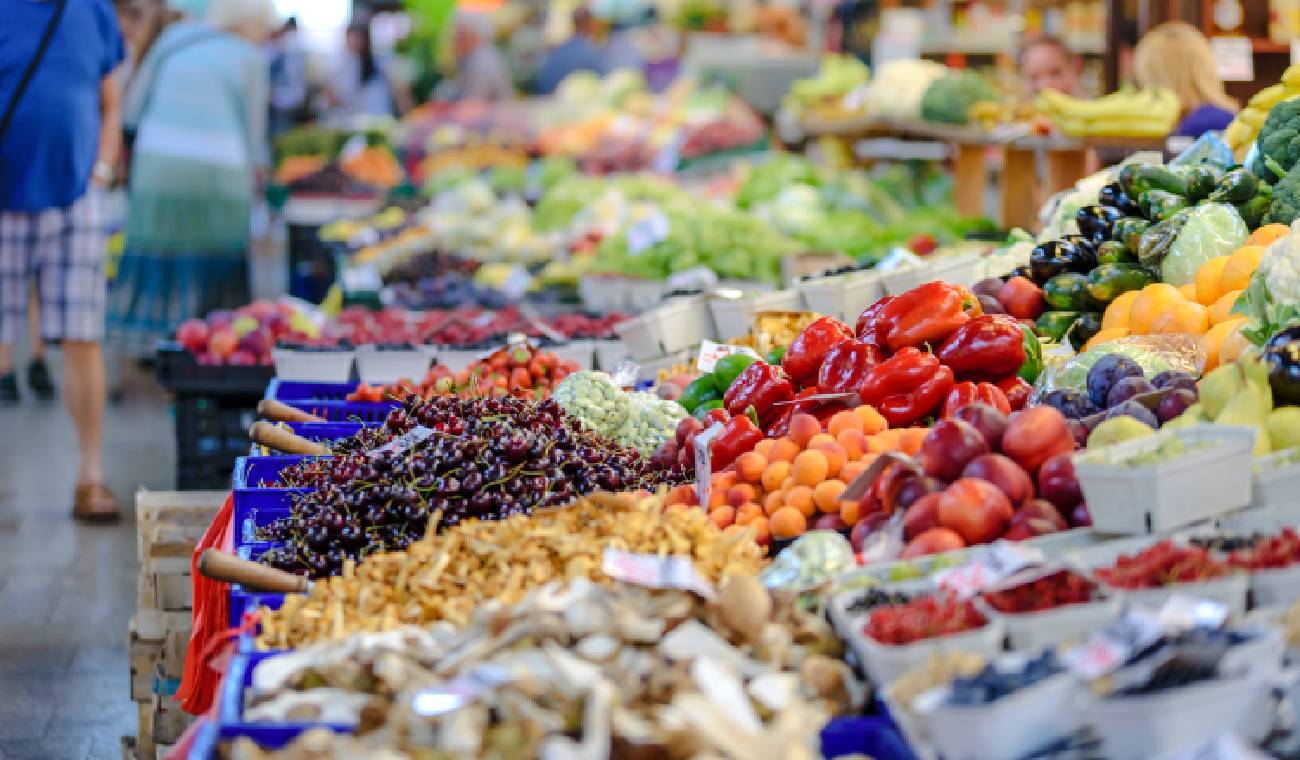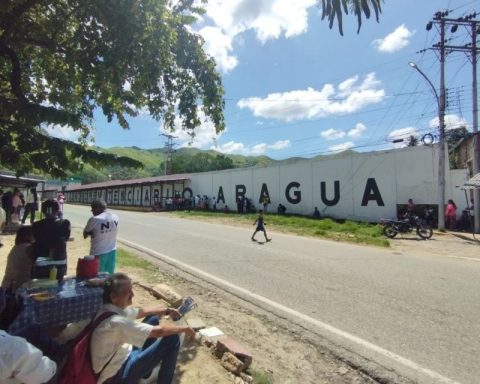In recent months, Colombians have viewed with alarm the rapid increase in food prices, which have shot up between 10% and 40%, according to analysts; who assure that the products with the highest increases (it is expected to continue increasing), are corn, soybeans, beef, chicken and potatoes.
The reasons behind this phenomenon, would be explained by the increase in the price of the dollar, which implies a greater expense in the inputs for the maintenance and cultivation of the crops; and, the container crisis as a result of the COVID-19 pandemic, which has generated significant delays and higher expenses regarding the transport of goods, said Santiago Arbouin, an expert in Customs Law and Trade.
Although this phenomenon is expected to continue for at least the first three quarters of the year, Arbouin assures that it is most likely that the prices and transport of goods will normalize with the passage of time if the effects of the pandemic continue to be progressively reduced, as well as the consequences of the container crisis, which little by little have normalized their situation due to the needs of international trade.
Also read: This is how Colombians can now check their credit score
It should be noted that, the international community has been taking different measures to deal with the consequences of the pandemic, among which are international trade agreements, support for national industry, the possibility of reducing transport prices (decision 894 CAN), among others.
However, for the expert in foreign trade, there are really no 100% effective measures that from the national level can impact a crisis at the global level, therefore, to reduce the effects of rising prices, se must choose to buy domestic production in the first place.
“The government could reduce some of the customs duties (tariff and VAT) applied to food and essential agricultural inputs that have been most affected,” he said.
Other products that are also affected by these phenomena are alcoholic beverages, since the inputs for the production and distribution of these are also scarce or they have increased their import price due to the progressive increase in the dollar.
“Last year for the month of March, The country had an approximate loss of $230 billion due to the effects of the national strike. In the same way, since the end of 2021, the value of freight (transport of goods by sea) has increased by up to 500%, due to the container crisis, which is directly reflected in the customs value of the merchandise. ”, mentioned the also partner of CMS Rodríguez-Azuero.
It is expected that, throughout the year 2022, the situation will balance out and prices will decrease in proportion to the demand that arises.
“The foregoing, if the COVID-19 pandemic diminishes its negative consequences and international transport conditions stabilize,” he concluded.


















